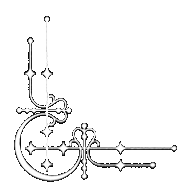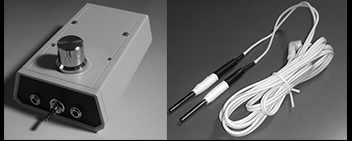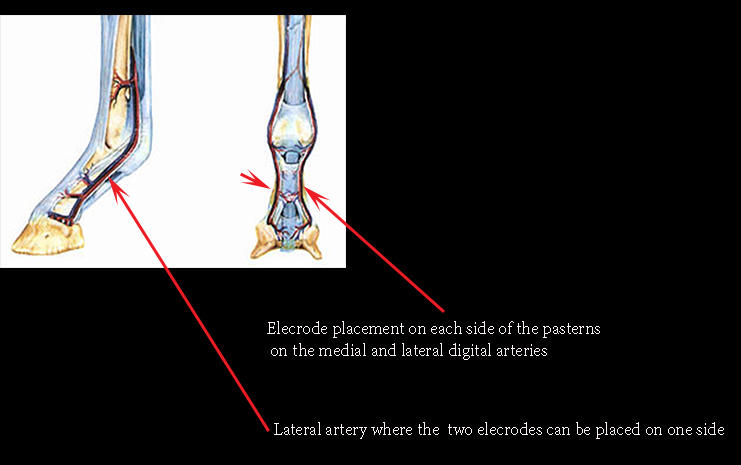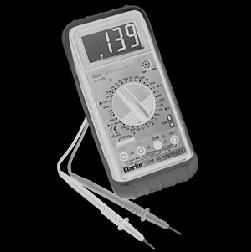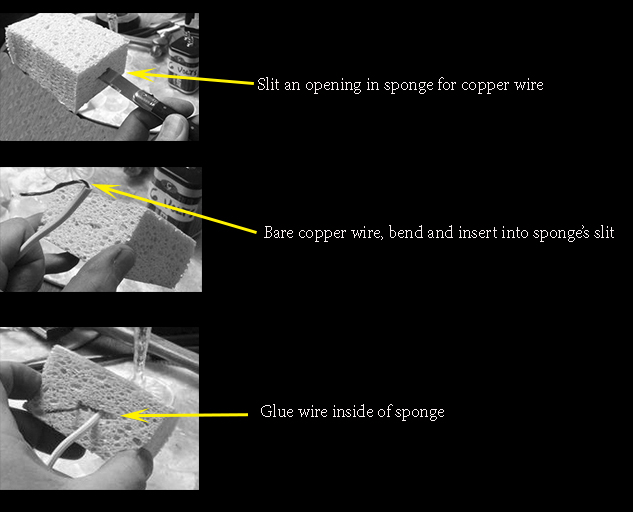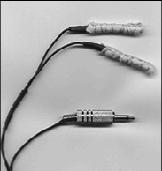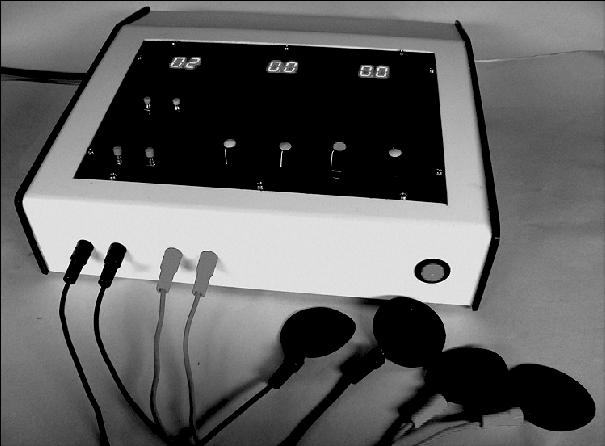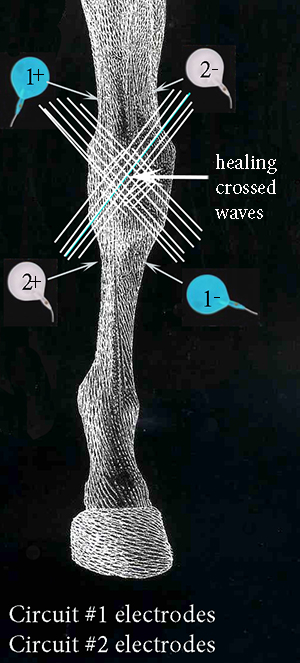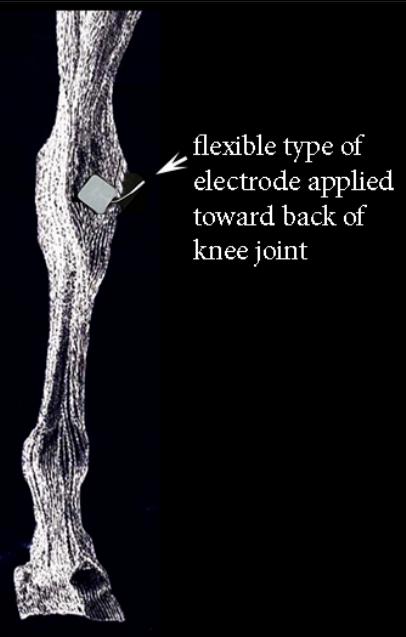For perhaps under US$10, one can put together a make-shift device that is worth experimenting with until you decide a more expensive unit is worth it. Parts you need:
1) 6 volt lantern type battery
2) a long length of electrical wiring, similar to a common extension cord
3) electrodes (either TENS ones easily purchased or make your own from a simple sponge)
4) multimeter is optional, but it is often nice to see what type of current is being utilized. If used, this meter should be set to "DCA" or "DCmA" setting the dial on the 2000 micro amp setting.
Construction:
In its simplest form, bare a small portion of the copper wiring and attach each wire securely to each battery terminal on top. If you want to add a cheap multimeter to the circuit, wire the meter into the wire configuration of one side of the battery only. Next, attach each electrode to each wire and apply to the patient after wetting with salt water.









